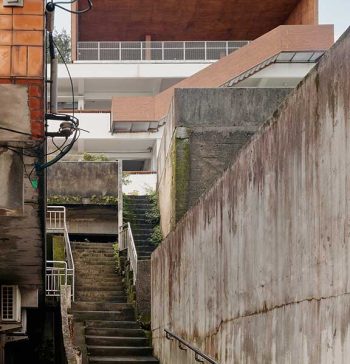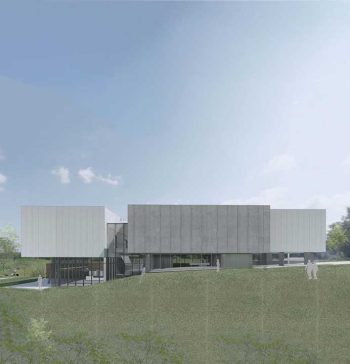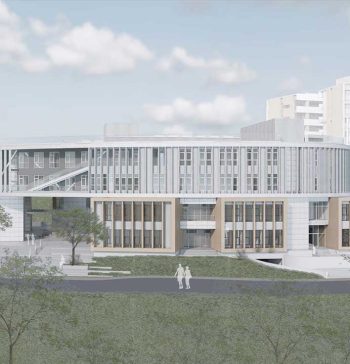場域
新竹清華大學南校園空間重塑
場域
尋找或思索那種尚未成形的「場域感」,是郭旭原和黃惠美設計創作的原點之一。所有的場所建構都應該從場地理解開始,但它投向渴望一個安居於此的理想。所有設計的初始意象和創意的訊息都應該來自此處。場域像是回到基地原始的狀態去找尋他所傳遞出來的有如磁場般力量的訊息。場域的感覺在一開始是很個人的、模糊的,或許它包含的是經驗、記憶和情感;而它也是自由、複雜、難以明確陳述的。「場域感」是回到人在面對場地時最初始的感覺,是人在尋找定居場所的「存在感」。建築最終的意義該是創造令人感動的場所和擁有歸屬感的居所。
A Sense of Place
Finding or thinking about the “sense of place” that has not yet taken shape is one of the origins of Kuo and Huang’s design. Construction at any location should always begin from an understanding of the site, directed toward the ideal and the aspiration of settling and living there. The source of initial imagery and creative inspiration should all come from here. This sense of locale is like returning to the original state of a particular site, to discover what message it is sending out through the unique power of its own ‘magnetic field.’ This ‘sense of place’ is in the beginning both vague and personal, arising perhaps from experience, memory, and feelings. It is free, complex, and difficult to articulate. This ‘sense of place’ refers both to the initial feelings someone has upon first encountering a site, as well as to the ‘sense of belonging’ that people have when looking for a place to live long-term.
The ultimate meaning of architecture should be to create places that move us, and homes where people can find a sense of belonging.




